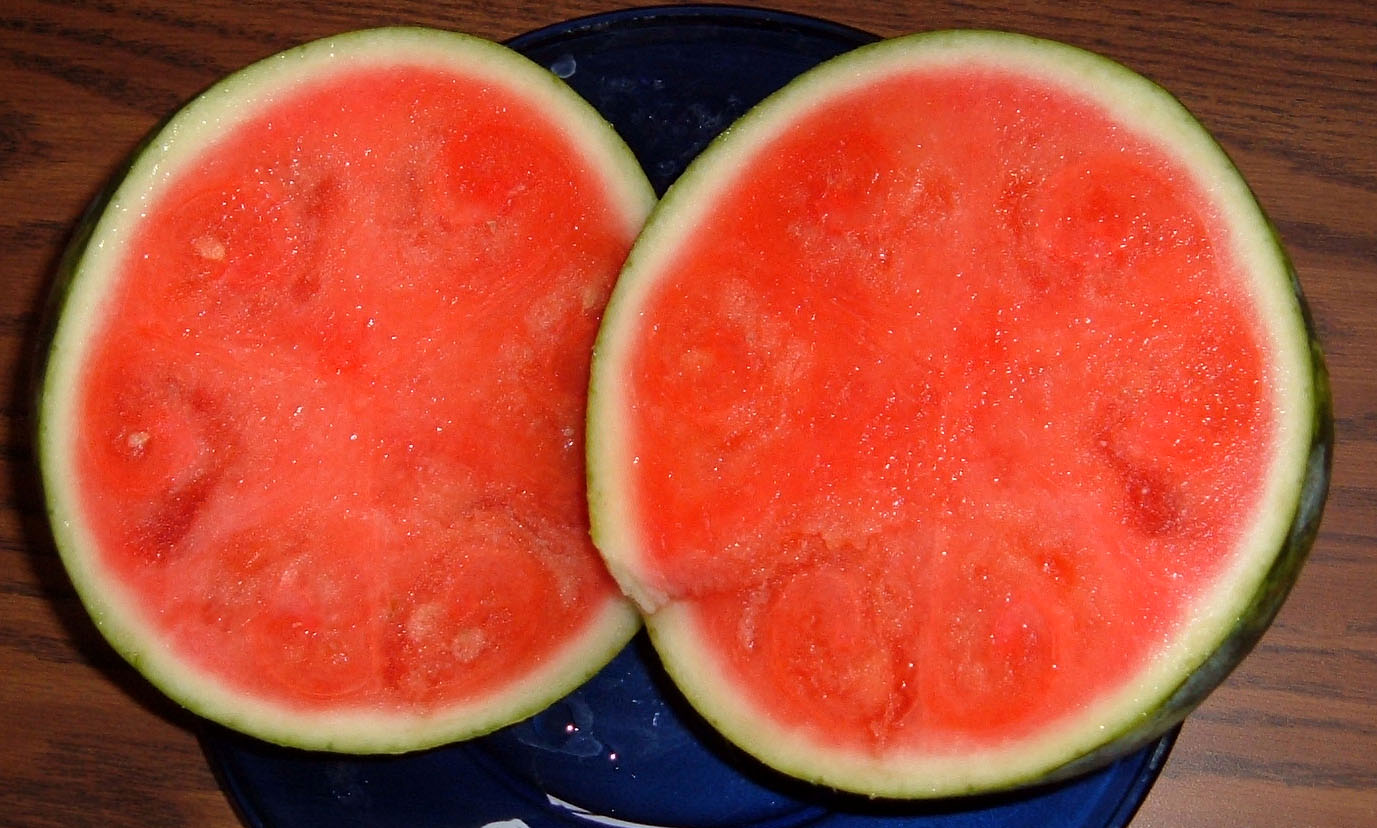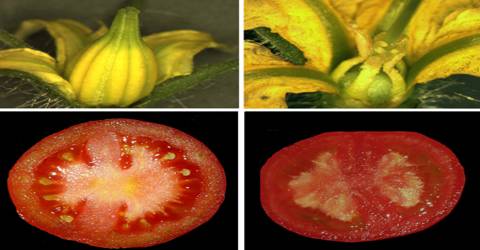Fruits are not just nature’s sweet treats; they are intricate wonders of biological processes, and one phenomenon that adds a layer of complexity to fruit development is parthenocarpy. In this comprehensive exploration, we delve into the captivating world of parthenocarpy, uncovering its mysteries and shedding light on the marvels that make fruit development truly fascinating.
Read more about Classic Fruit
Contents
Understanding Parthenocarpy
What is Parthenocarpy?
Parthenocarpy is a botanical term derived from the Greek words ‘parthenos,’ meaning virgin, and ‘karpos,’ meaning fruit. In essence, it refers to the development of fruit without fertilization. Unlike conventional fruit development, which involves the fusion of male and female gametes, parthenocarpy skips this step entirely. This unique process results in seedless fruits, a characteristic highly sought after in the agricultural and consumer markets.
The Intricacies of Seedless Fruit Production
The development of seedless fruits through parthenocarpy is a feat of nature’s ingenuity. It typically occurs when the ovary, the part of the flower that contains the seeds, transforms into fruit without the need for pollination and fertilization. This process can be stimulated through various means, including hormonal treatments, genetic modifications, or environmental factors.

Agricultural Significance
Advantages of Parthenocarpy in Agriculture
Increased Yield and Market Value: Parthenocarpy fruits are often preferred in agriculture due to their seedless nature, which enhances both yield and market value. Seedless varieties of fruits like grapes, bananas, and tomatoes are in high demand among consumers.
Reduced Dependency on Pollination: Traditional fruit production relies on the intricate dance between pollinators and flowers. Parthenocarpy eliminates the need for pollination, reducing dependency on external factors and ensuring a more reliable harvest.
The Science Behind Parthenocarpy
Hormonal Regulation
The initiation of parthenocarpy involves precise hormonal regulation within the plant. Ethylene, a plant hormone, plays a crucial role in triggering the transformation of the ovary into fruit. By understanding and manipulating these hormonal signals, scientists can induce parthenocarpy in specific plant species.
Genetic Approaches
Advancements in genetic engineering have provided another avenue for inducing parthenocarpy. Researchers can modify the genetic makeup of plants to encourage the development of seedless fruits. While this raises ethical and environmental considerations, it showcases the potential of biotechnology in shaping the future of agriculture.
Consumer Perspectives
The Appeal of Seedless Fruits
Convenience: Seedless fruits offer a convenient and hassle-free eating experience. Consumers can enjoy the sweetness of fruits without the inconvenience of removing seeds, making them popular choices for snacks and desserts.
Consistency in Taste: Parthenocarpy fruits often exhibit consistent taste and texture, as the absence of seeds eliminates variations in flavor. This predictability contributes to their widespread acceptance among consumers.
Future Implications and Challenges
Sustainable Agriculture
As the global population continues to rise, the demand for sustainable agricultural practices becomes more pressing. Parthenocarpy, with its potential for increased yields and reduced environmental impact, emerges as a key player in the quest for sustainable agriculture.
Ethical Considerations
While the benefits of parthenocarpy are evident, ethical considerations surrounding genetic modifications and the potential loss of biodiversity warrant careful reflection. Striking a balance between innovation and environmental responsibility remains a challenge for scientists, policymakers, and consumers alike.
Conclusion
parthenocarpy stands as a remarkable phenomenon in the realm of fruit development, offering benefits to both agriculture and consumers. The journey from flower to fruit, devoid of seeds, opens avenues for innovation and poses challenges that demand thoughtful consideration. As we navigate the evolving landscape of agriculture, the allure of parthenocarpy persists, promising a future where fruits are not only delicious but also sustainable.



